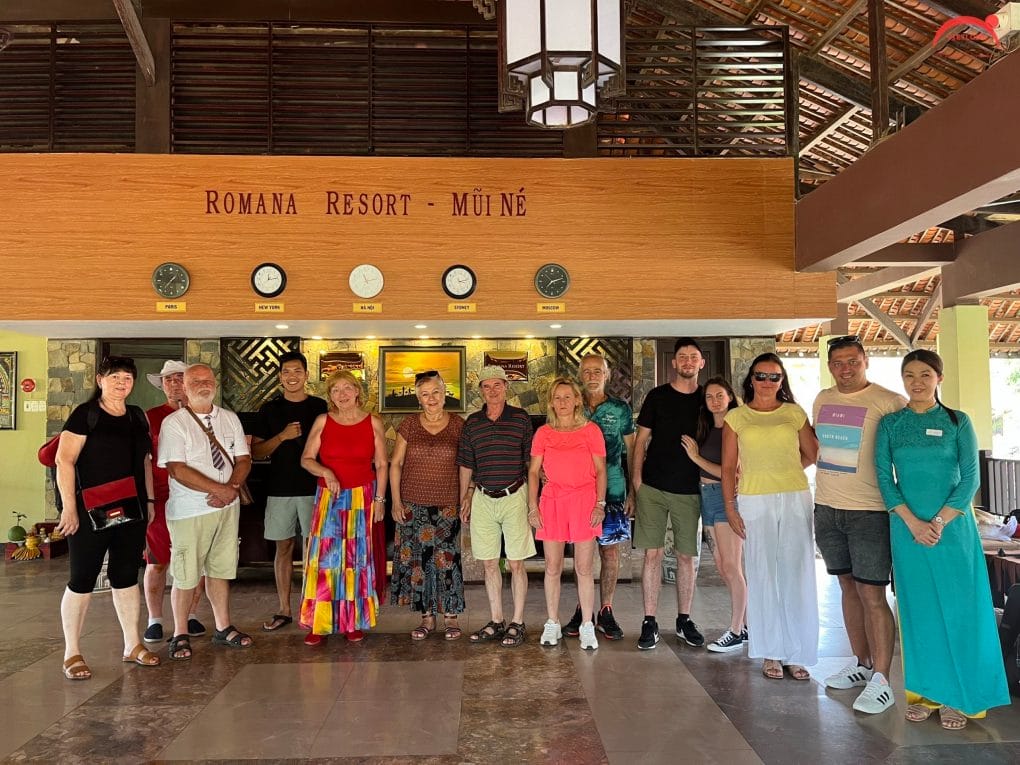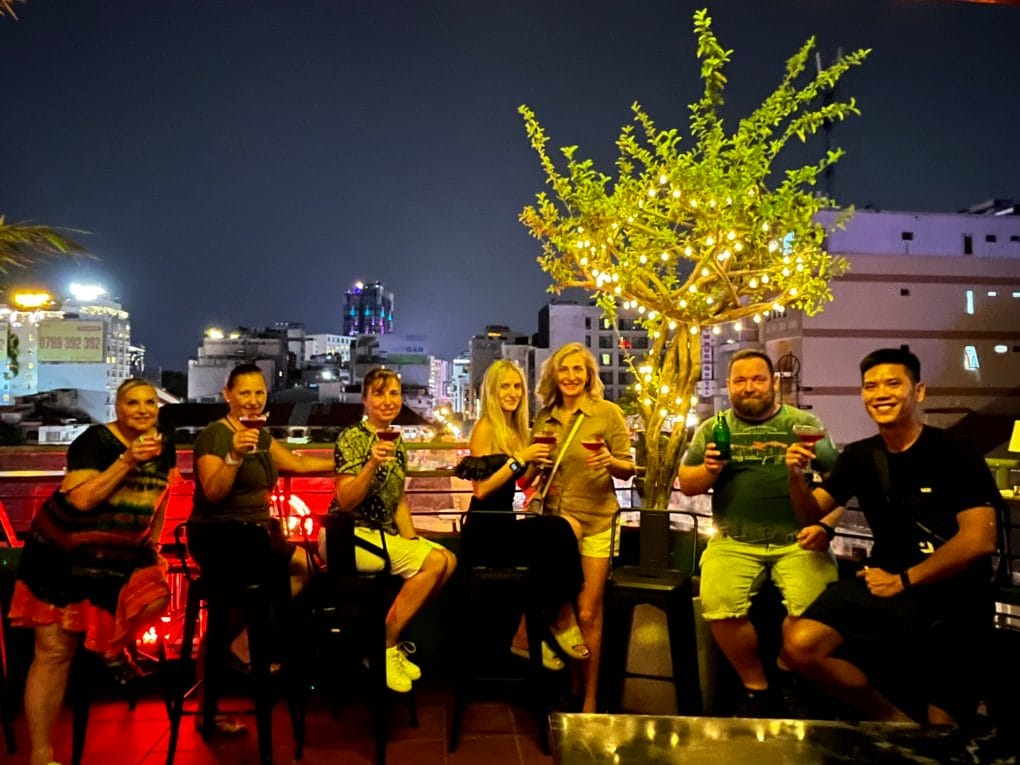THE MILITARY ERA I IN MYANMAR
Soon after seizing power, a peaceful student protest on Rangoon University campus was suppressed by the military killing over 100 students on July 7, 1962. The next day, the army blew up the Students Union building. Peace talks were convened between the RC and various armed insurgent groups in 1963, but without any breakthrough, and during the talks as well as in the aftermath of its failure, hundreds were arrested in Rangoon and elsewhere from both the right and the left of the political spectrum. All opposition parties were banned on March 28, 1964. The Kachin insurgency by the Kachin Independence Organisation (KIO) had begun earlier in 1961 triggered by U Nu’s declaration of Buddhism as the state religion, and the Shan State Army (SSA), led by Sao Shwe Thaik’s wife Mahadevi and son Chao Tzang Yaunghwe, launched a rebellion in 1964 as a direct consequence of the 1962 military coup.
Ne Win quickly took steps to transform Burma into his vision of a ‘socialist state’ and to isolate the country from contact with the rest of the world. A one-party system was established with his newly formed Burma Socialist Programme Party (BSPP) in complete control. Commerce and industry were nationalized across the board, but the economy did not grow at first as the government put too much emphasis on industrial development at the expense of agriculture. In April 1972, General Ne Win and the rest of the Revolutionary Council retired from the military, but now as U Ne Win, he continued to run the country through the BSPP. A new constitution was promulgated in January 1974 that resulted in the creation of a People’s Assembly (Pyithu Hluttaw) that held supreme legislative, executive, and judicial authority, and local People’s Councils. Ne Win became the president of the new government.
Beginning in May 1974, a wave of strikes hit Rangoon and elsewhere in the country against a backdrop of corruption, inflation and food shortages especially rice. In Rangoon workers were arrested at the Insein railway yard, and troops opened fire on workers at the Thamaing textile mill and Simmalaik dockyard. In December 1974, the biggest anti-government demonstrations to date broke out over the funeral of former UN Secretary-General U Thant. U Thant had been former prime minister U Nu’s closest advisor in the 1950s and was seen as a symbol of opposition to the military regime. The Burmese people felt that U Thant was denied a state funeral that he deserved as a statesman of international stature because of his association with U Nu.
U Nu, after his release from prison in October 1966, had left Burma in April 1969, and formed the Parliamentary Democracy Party (PDP) the following August in Bangkok,Thailand with the former Thirty Comrades, Bo Let Ya, co-founder of the CPB and former Minister of Defence and deputy prime minister, Bo Yan Naing, and U Thwin, ex-BIA and former Minister of Trade. Another member of the Thirty Comrades, Bohmu Aung, former Minister of Defence, joined later. The fourth, Bo Setkya, who had gone underground after the 1962 coup, died in Bangkok shortly before U Nu arrived. The PDP launched an armed rebellion across the Thai border from 1972 till 1978 when Bo Let Ya was killed in an attack by the Karen National Union (KNU). U Nu, Bohmu Aung and Bo Yan Naing returned to Rangoon after the 1980 amnesty. Ne Win also secretly held peace talks later in 1980 with the KIO and the CPB, again ending in a deadlock as before.
Crisis and Uprising
In the 1980s, the economy began to grow as the government relaxed restrictions on foreign aid, but by the late 1980s falling commodity prices and rising debt led to an economic crisis. This led to economic reforms in 1987-88 that relaxed socialist controls and encouraged foreign investment. This was not enough, however, to stop growing turmoil in the country, compounded by periodic ‘demonetisation’ of certain bank notes in the currency, the last of which was decreed in September 1987 wiping out the savings of the vast majority of people. Burma’s admittance to Least Developed Country status by the UN the following December highlighted its economic bankruptcy and added insult to injury to its people. Ne Win retired as president in 1981, but remained in power as Chairman of the BSPP until his sudden unexpected announcement to step down on July 23, 1988.
Triggered by brutal police repression of student-led protests causing the death of over a hundred students and civilians in March and June 1988, widespread protests and demonstrations broke out on August 8 throughout the country. The military responded by firing into the crowds, alleging Communist infiltration. Violence, chaos and anarchy reigned, civil administration had ceased to exist, and by September of that year, the country was on the verge of a revolution. The armed forces, under the nominal command of General Saw Maung staged a coup on September 18 to restore order. During the 8888 Uprising as it became known, thousands were killed. The Constitution of 1974 was swept aside in favour of martial law under the State Law and Order Restoration Council (SLORC) with Saw Maung as chairman and prime minister.
At a special six-hour press conference on August 5, 1989, Brig. Gen. Khin Nyunt, the SLORC Secretary 1 and chief of Military Intelligence Service (MIS), claimed that the uprising had been orchestrated by the Communist Party of Burma through its underground organisation. Although there had inevitably been some underground CPB presence as well as that of ethnic insurgent groups, there was no evidence of their being in charge to any extent. In fact, in March 1989, the CPB leadership was overthrown by a rebellion by the Kokang and Wa troops that it had come to depend on after losing its former strongholds in central Burma and re-establishing bases in the northeast in the late 1960s; the Communist leaders were soon forced into exile across the Chinese border.






